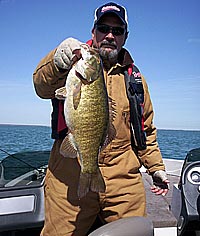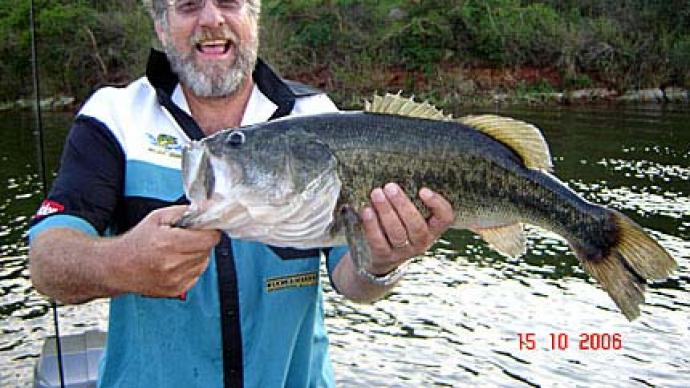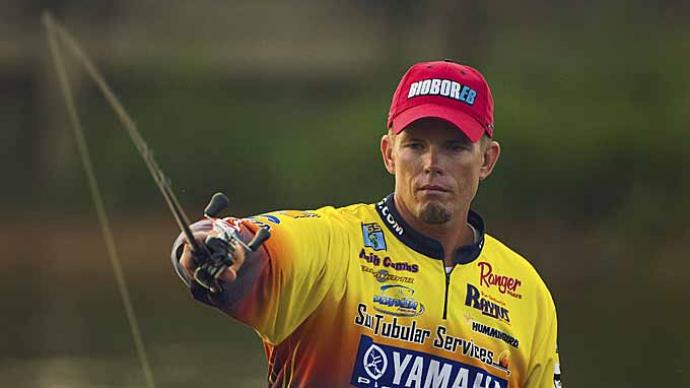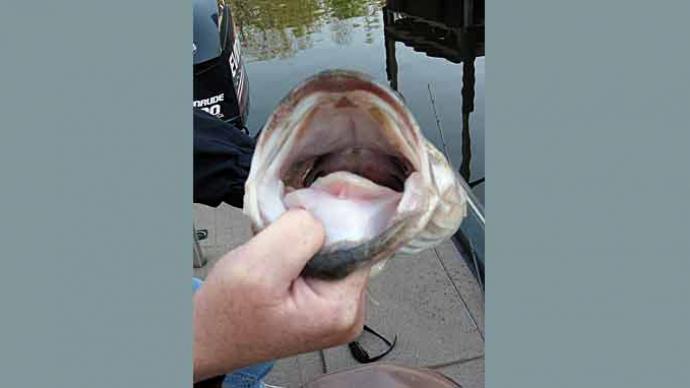
Carrying a rod and reel along on a duck hunting trip may seem somewhat peculiar to some people, but it's not a bad idea if you want to get the most out of being in a duck blind for a long period of time.
Several years ago, Buddy Pannell was a duck hunting guide who had blinds on lakes Whitney, Granbury and Palo Pinto. One day a friend of mine who had a duck blind not far from Pannell's blind on Whitney headed back to the parking lot, where duck hunters in those days gathered at the end of the morning to talk about the events of their hunts. As my friend approached Pannell and a group of other hunters, one of the hunters asked him if he caught any catfish. My friend was somewhat aghast. "Catfish?," he asked. "I've been duck hunting, not fishing." "You mean you've never fished for catfish from your duck blind?" The other fellow snapped back. "You don't know what you've been missing. We catch catfish all of the time and some pretty big ones, too. We just pick the livers from the ducks we shoot and use the livers for bait to fish for catfish while we're duck hunting. The catfish love those duck livers."
From that day on, my friend has always carried a rod and reel with him when he headed for his duck blind. He hasn't always caught catfish, but he has caught enough of them to convince himself to always have that rod and reel handy.
I learned the duck hunt-catfish idea from my hunting buddy, but I've also experimented on my own to find other ways to use a rod and reel during a hunting trip.
Whenever I'm going dove hunting and am going to be shooting at the birds over a stock tank, my rod and reel isn't far away. If the dove action isn't fast, I'll pick up the rod and reel and make a few casts with a topwater lure or Texas-rigged plastic worm and usually wind up with a mixed bag of bass, bream and doves.
On the same type of dove hunting trips, I'll also keep my eyes out for bullfrogs. If you've never caught a bullfrog on a Texas-rigged plastic worm you are like my friend was before he found out about fishing for catfish from a duck blind, you don't know what you have been missing.
Sometimes, you may have to slip around behind the stock tank's dam to keep from spooking the bullfrog, and sometimes you may just have to make an exceptionally long cast to the other side or one corner of the water to put the plastic worm within a few feet of the bullfrog. Crawl it slowly and watch what happens. Once the bullfrog grabs the worm in his mouth, put a little tension on the line and make it twitch. The bullfrog will use a foot to stuff the entire worm into his mouth and from then on it's just a matter of setting the hook before the bullfrog is yours.
I remember another time when I discovered a rod and reel also was a handy thing to have around while hunting turkeys. I was hunting turkeys near Caddo in Stephens County along the banks of a narrow but deep creek. The area had lots of turkeys and I soon had the bead of my gun on a nice gobbler that appeared in a small opening only a few feet from the edge of the creek. The gobbler went down fast but it also went down, down, down into the creek. Before becoming completely still, the big bird made two flops with his wings that propelled him into the middle of the creek and far out of reach of even the longest limb I could find. My pickup wasn't far away and I soon retrieved a rod and reel I keep in my toolbox. I chose one of my oldest topwater lures, a Jitterbug, and within a few casts hooked the gobbler and reeled him in. Of course, the same tactics can be used for retrieving doves downed in stock tanks on windless days but you don't always have to hook the dove to retrieve it. Just cast over the dove with a heavy lure such as a spinnerbait and the heaviness of the line across the dove often is all the tension you need to reel the dove in, although you will need to reel very slowly to keep the line across the dove. It is important to remember, however, that an element of surprise always exists in such situations. Just when you are concentrating on how to ever-so-slowly begin moving the dove in your direction that there is the possibility of a strike from a fish. It happens.




